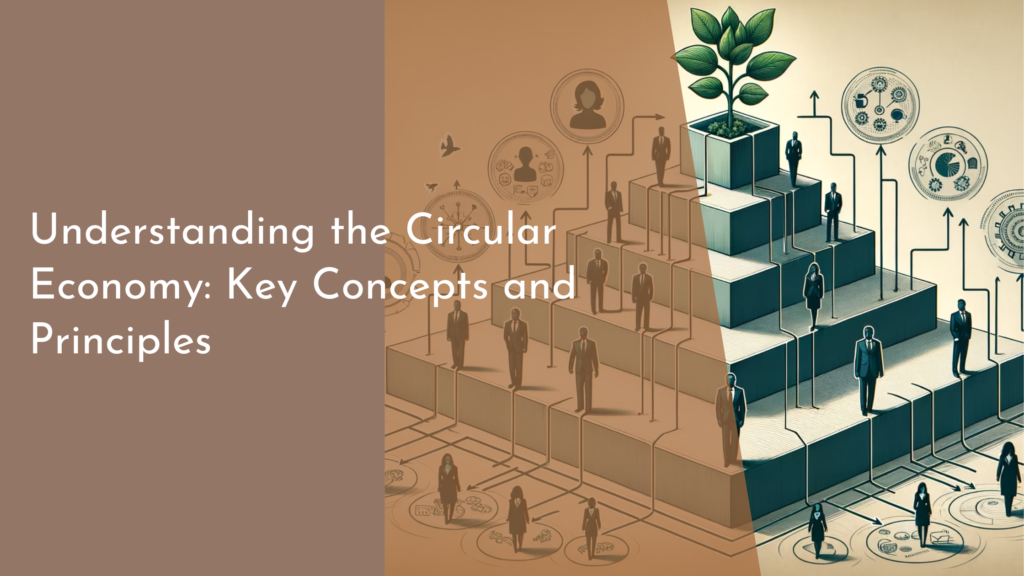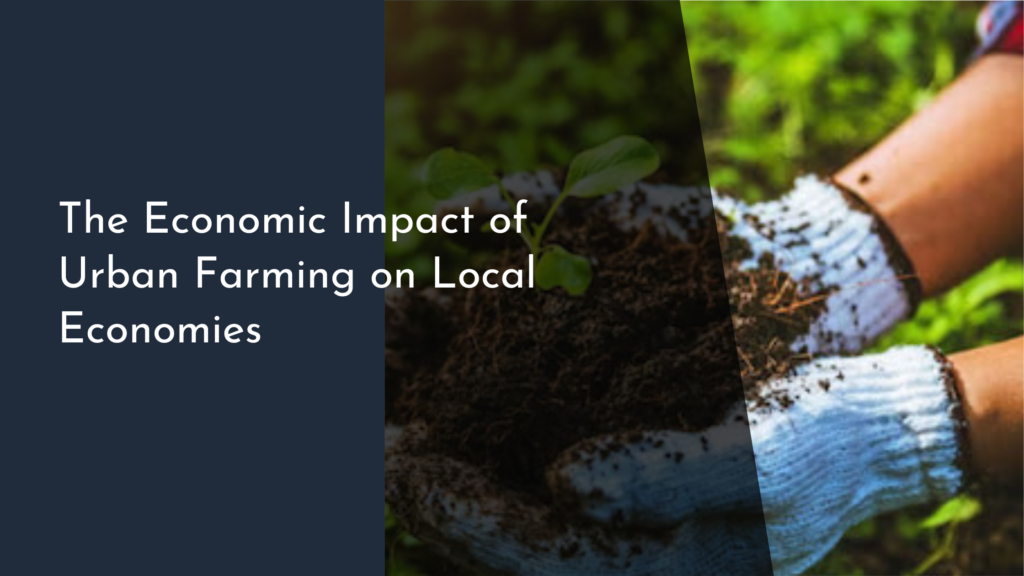Exploring biodegradable materials for outdoor shelters
As the world becomes increasingly aware of environmental issues, the quest for sustainable living solutions has gained momentum. One exciting area of exploration is the development of biodegradable materials for outdoor shelters. From camping tents to temporary structures for disaster relief, these eco-friendly alternatives promise to minimize our footprint while enjoying the great outdoors. In this article, we delve into the benefits, innovative materials, sustainable designs, and the future of biodegradable outdoor shelters.
Discover the Benefits of Biodegradable Outdoor Shelters
Biodegradable outdoor shelters offer a host of benefits that align with eco-conscious living. Firstly, they significantly reduce waste in landfills, as these materials are designed to decompose naturally over time. This is especially important in outdoor activities where traditional shelters often end up discarded and contribute to environmental degradation. Biodegradable options, therefore, provide an efficient solution to this pressing problem while allowing us to enjoy nature without guilt.
Moreover, these shelters often come with additional features that enhance their functionality. Many biodegradable materials are sourced from renewable resources, making them not only friendly to the environment but also safe for human health. This means fewer harmful chemicals and toxins in the materials we use, leading to a better overall experience while camping or during outdoor events. By choosing biodegradable options, outdoor enthusiasts can fully embrace their adventures, knowing they are contributing to a more sustainable planet.
Innovative Materials Revolutionizing Outdoor Living Spaces
The world of biodegradable materials is rich with innovation, transforming how we think about outdoor shelters. One of the frontrunners in this space is mycelium, the root structure of fungi. This remarkable material is lightweight, sturdy, and can be grown into specific shapes. Architects and designers are now experimenting with mycelium to create shelters that are not only functional but also striking in design. Combining aesthetics with sustainability, mycelium structures can blend seamlessly into the natural environment, providing a unique camping experience.
Another exciting development is the use of bioplastics made from plant-based materials like corn starch and sugarcane. These bioplastics are designed to mimic the properties of traditional plastics but decompose more rapidly when exposed to the elements. This innovation opens up new possibilities for tent design, creating durable and weather-resistant products that can be easily transported and set up. With ongoing research and development, the outdoor industry is poised for a significant transformation, fostering a new era of biodegradable shelters that cater to diverse needs.
Sustainable Design: Nature-Friendly Shelters for All
Sustainable design principles are at the heart of developing biodegradable outdoor shelters. These designs prioritize minimal environmental impact while maximizing user experience and comfort. Many projects focus on modular construction techniques, allowing for customizable shelter configurations. This adaptability ensures that outdoor enthusiasts can tailor their living spaces for different environments, from dense forests to open fields, all while maintaining a commitment to sustainability.
The aesthetic aspect of these shelters is equally important. Designers are increasingly incorporating natural shapes, colors, and textures to create shelters that harmonize with their surroundings. By utilizing local materials and traditional building methods, architects are crafting structures that celebrate the beauty of nature rather than detract from it. This approach not only enriches the camping experience but also fosters a deeper connection to the environment, encouraging people to respect and protect the natural world.
Future of Camping: Eco-Friendly Shelters for Everyone
As the trend toward eco-friendly camping continues to grow, the future of outdoor shelters looks promising. With increasing awareness about climate change and sustainability, more campers are seeking biodegradable options that are both functional and environmentally friendly. This shift in consumer preferences is driving innovation within the industry, prompting manufacturers to explore new materials and designs that cater to this demand.
Additionally, educational initiatives focusing on sustainable practices are on the rise, encouraging campers to make conscious choices about their gear. As biodegradable shelters gain traction, they are expected to become more accessible to a wider audience, making eco-friendly camping an appealing option for families, adventurers, and casual campers alike. This collective movement toward sustainability promises to redefine our relationship with nature, ensuring that the great outdoors remains a pristine playground for generations to come.
The exploration of biodegradable materials for outdoor shelters is not just a trend; it is a necessary step toward a sustainable future. By embracing innovation and sustainable design, we can create living spaces that coexist with nature rather than harm it. As we prepare for our next adventures, let us choose eco-friendly options that reflect our commitment to protecting the environment while enjoying the beauty of the great outdoors. Together, we can pave the way for a greener, more sustainable camping experience for all.


